A new study demonstrates how the pelvis evolved for upright walking.
If evolutionary biologist Terence D. Capellini were to rank the body parts that define us as human, the pelvis would be towards the top.
After all, thanks to its design, humans can walk upright on two legs (unlike our primate cousins) and mothers can give birth to children with huge heads (therefore big brains). The pelvis is anatomically well-understood, but when it comes to how and when this very essential structure takes form throughout development, our understanding begins to falter.
... The study shows that many of the features essential for human walking and birth form around the 6- to 8-week mark during pregnancy. This includes key pelvic features unique to humans, like its curved and basin-like shape. The formation happens while bones are still cartilage so they can easily, curve, rotate, expand, and grow.
The researchers also discovered that when other cartilage in the body starts to transform into bone, the developing pelvic region remains as cartilage for a longer period of time, allowing it to mature properly.
“There appears to be a stalling that happens and this stalling allows the cartilage to still grow, which was pretty interesting to find and surprising,” Capellini said. “I call it a zone of protection.”
The researchers used RNA sequencing to determine which genes in the area are actively triggering pelvic formation and slowing ossification, which usually converts softer cartilage to hard bone. They discovered hundreds of genes that are turned either on or off throughout the 6- to 8-week period to form the ilium in the pelvis, which is the largest and uppermost bone of the hip with blade-like structures that curve and rotate into a basin to support walking on two legs.
Compared to chimpanzees and gorillas, the shorter and wider reorientation of our pelvic blades makes it so humans don’t have to shift the mass of our weight forward and use our knuckles to walk or balance more comfortably. It also helps increase the size of the birth canal. Apes on the other hand have much narrower birth canals and more elongated ilium bones.
https://scitechdaily.com/why-do-huma...al-the-secret/
NASA’s NEOWISE Space Telescope Takes 12-Year Time-Lapse Movie of Entire Sky
NASA’s Near-Earth Object Wide Field Infrared Survey Explorer, or NEOWISE, spacecraft completes one trip halfway around the Sun every six months, taking images in all directions. Once stitched together, those images form an “all-sky” map showing the location and brightness of hundreds of millions of objects. Using 18 all-sky maps produced by the spacecraft (with the 19th and 20th to be released in March 2023), astronomers have constructed what is essentially a time-lapse movie of the sky, revealing changes that span a decade.
Each all-sky map is a tremendously valuable resource for astronomers by itself. However, when viewed in sequence as a time-lapse, they serve as an even more powerful tool for attempting to unlock the secrets of the universe. Comparing the maps can reveal distant objects that have changed position or brightness over time. This is known as time-domain astronomy.
https://scitechdaily.com/nasas-neowi...of-entire-sky/
NASA’s Near-Earth Object Wide Field Infrared Survey Explorer, or NEOWISE, spacecraft completes one trip halfway around the Sun every six months, taking images in all directions. Once stitched together, those images form an “all-sky” map showing the location and brightness of hundreds of millions of objects. Using 18 all-sky maps produced by the spacecraft (with the 19th and 20th to be released in March 2023), astronomers have constructed what is essentially a time-lapse movie of the sky, revealing changes that span a decade.
Each all-sky map is a tremendously valuable resource for astronomers by itself. However, when viewed in sequence as a time-lapse, they serve as an even more powerful tool for attempting to unlock the secrets of the universe. Comparing the maps can reveal distant objects that have changed position or brightness over time. This is known as time-domain astronomy.
https://scitechdaily.com/nasas-neowi...of-entire-sky/
Gassho, J
stlah


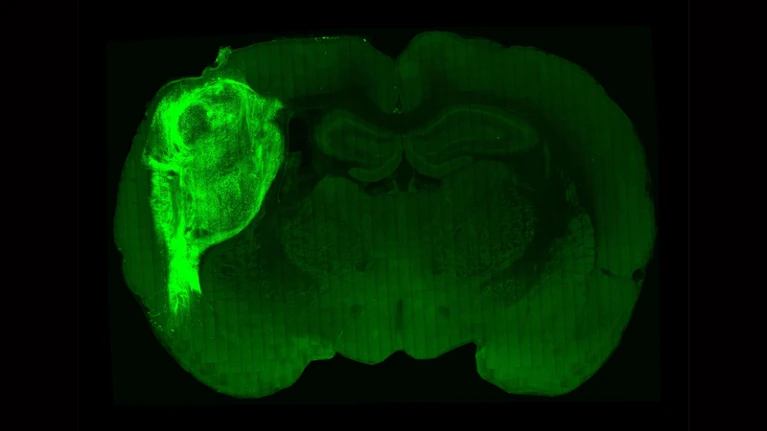

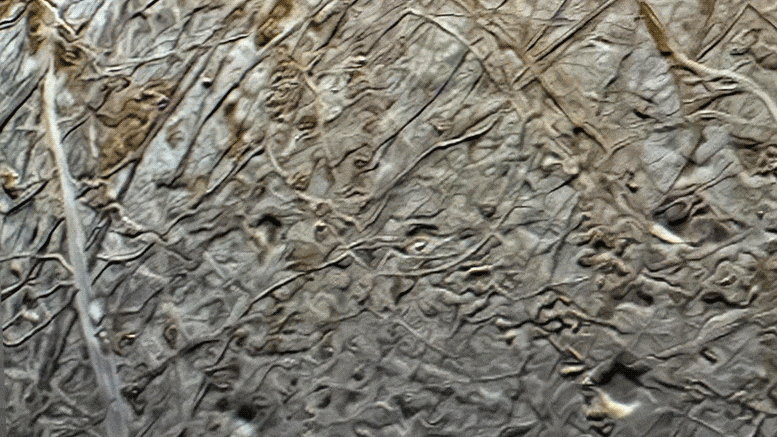





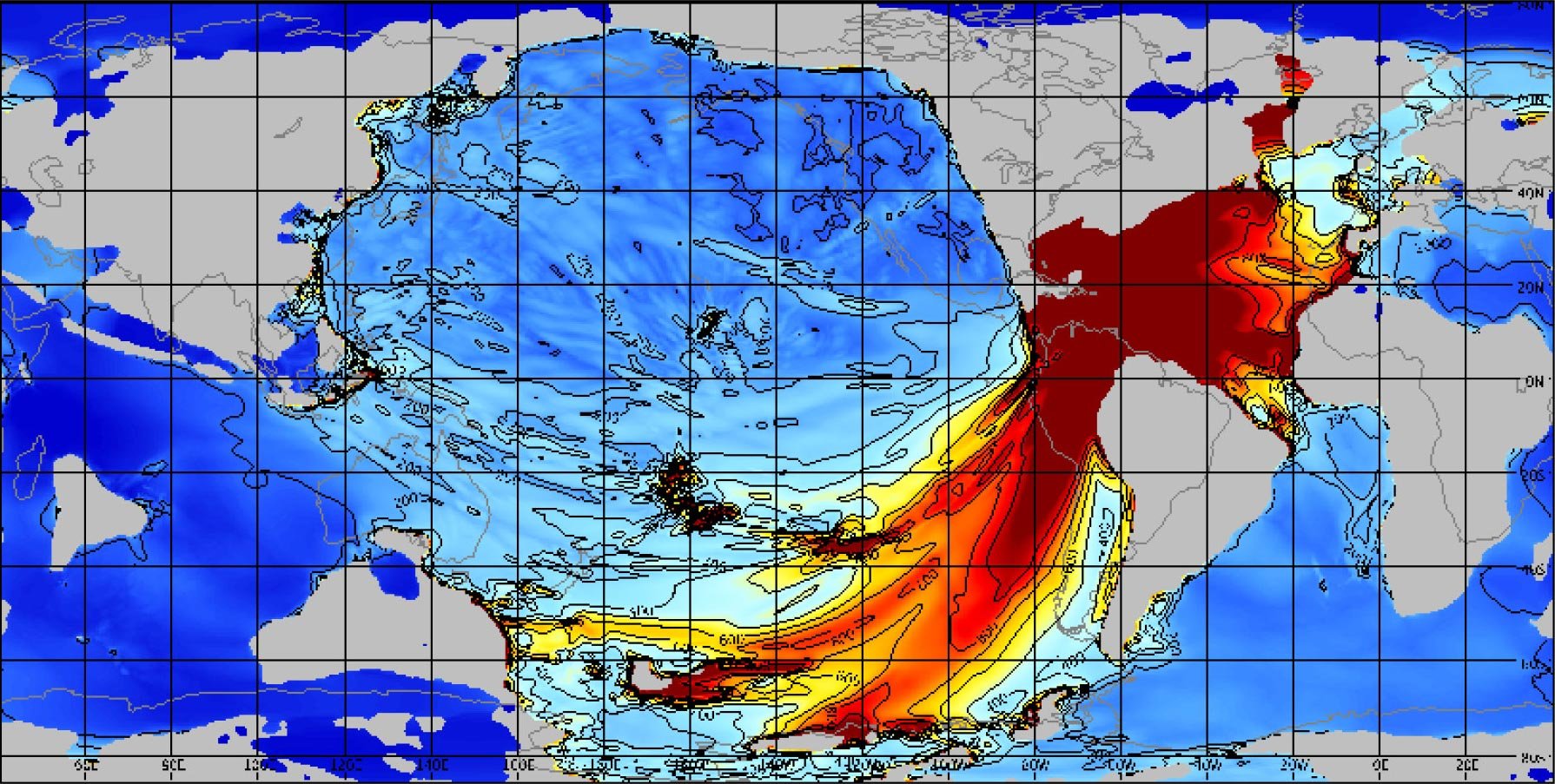


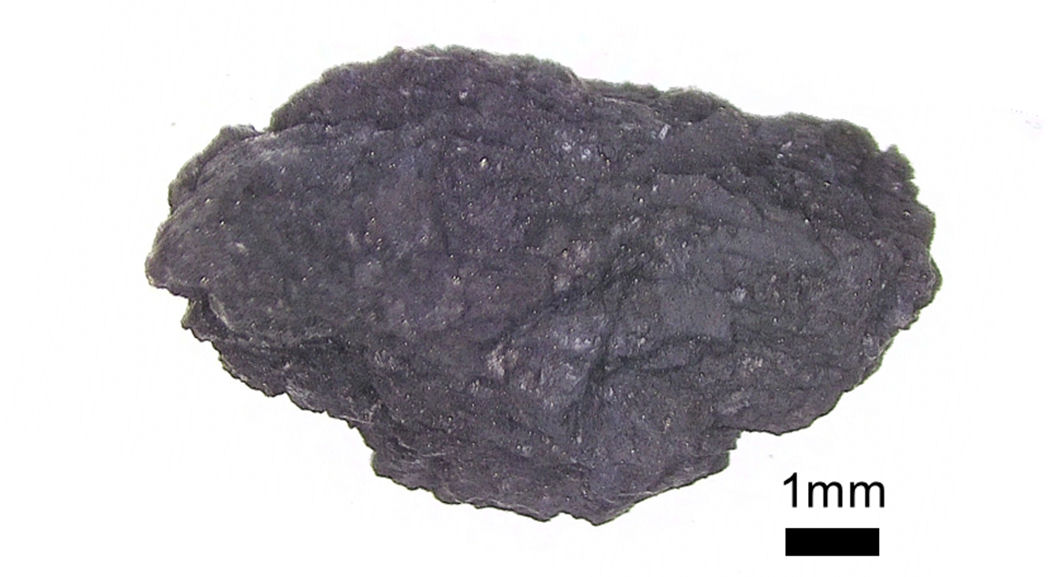
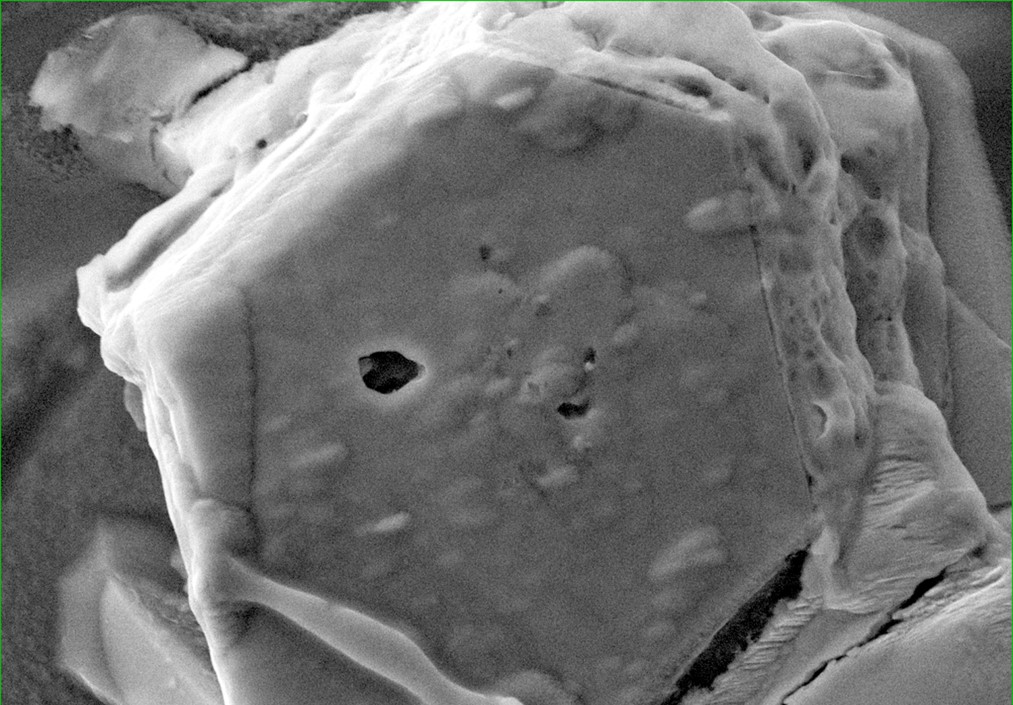
Leave a comment: